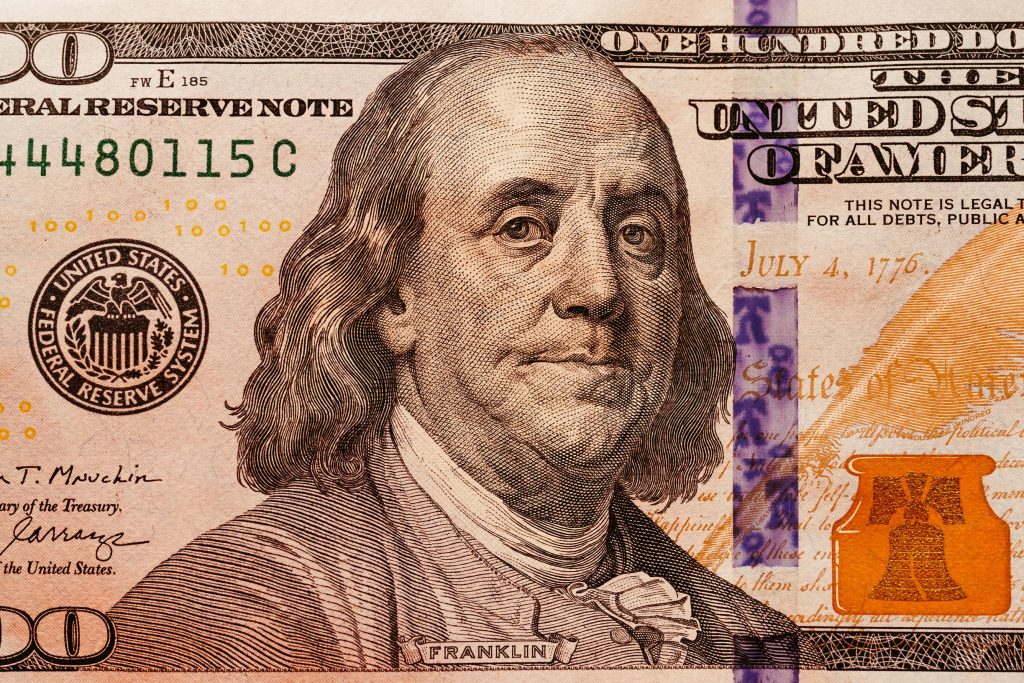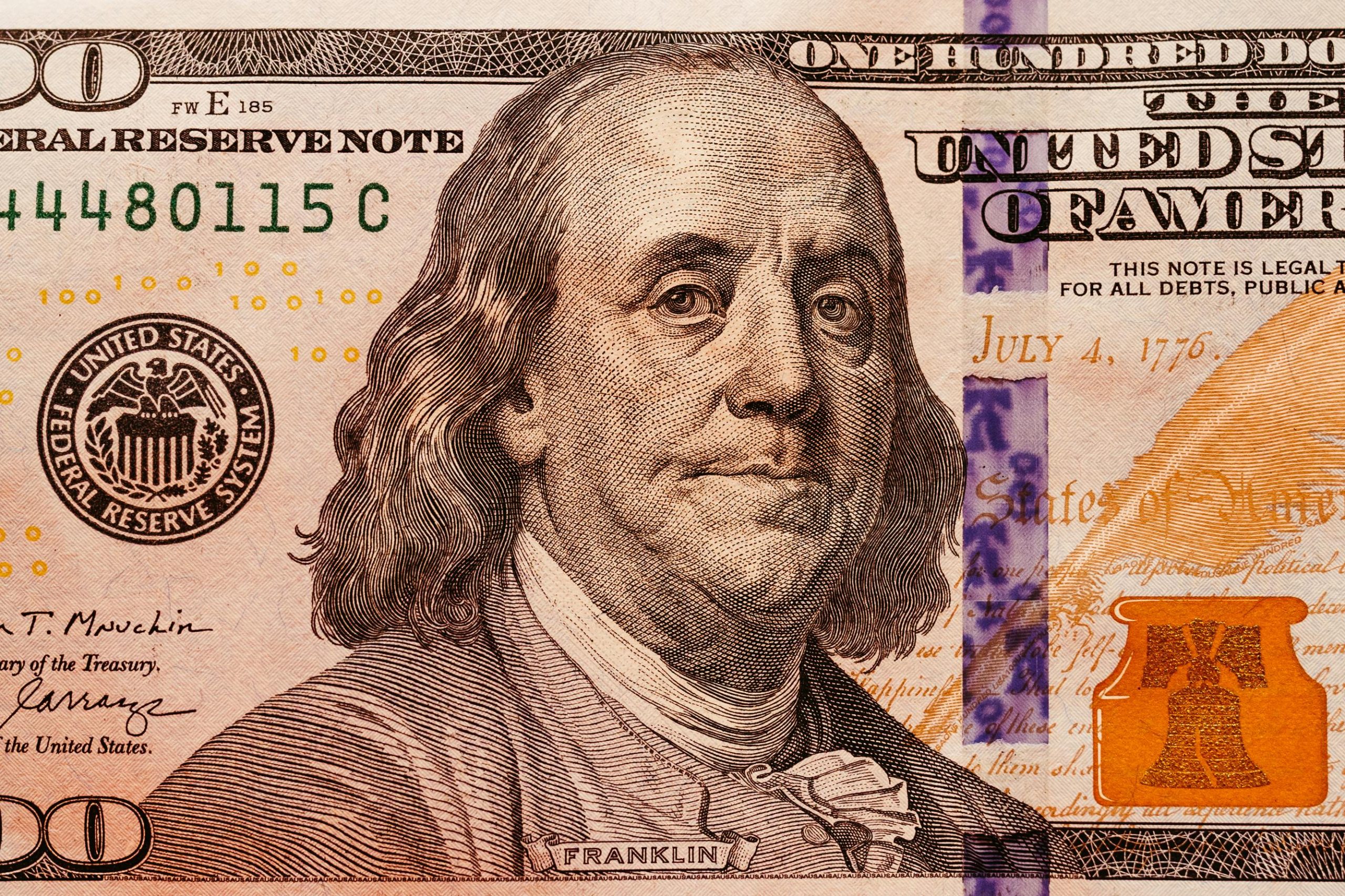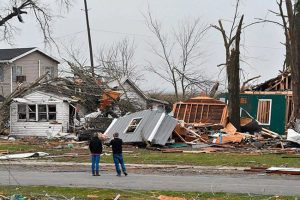The story of insurance in America is a fascinating journey that spans over centuries, evolving from a community-centered initiative to a vast corporate industry. This transformation mirrors the broader shifts in American society and economy, reflecting changing attitudes towards risk, community, and profit. At the heart of this historical narrative is a story of innovation, adaptation, and, at times, controversy.
The genesis of American insurance can be traced back to the 18th century, with a notable figure at its forefront: Benjamin Franklin. Renowned for his inventions, statesmanship, and philosophical insights, Franklin also played a pivotal role in shaping the early insurance industry in the United States. In 1752, he co-founded The Philadelphia Contributorship for the Insurance of Houses from Loss by Fire, an institution that not only marked the beginning of insurance in America but also embodied a pioneering approach towards community welfare and collective responsibility.
The name ‘Contributorship’ itself reveals much about the ethos of this early insurance endeavor. It was not just a commercial venture; it was a collective effort aimed at safeguarding the community against the ravages of fire, a common and devastating threat in the wooden structures that predominated in urban areas of early America. The Philadelphia Contributorship reflected a spirit of mutual aid and public service, a far cry from the profit-driven motives that characterize much of the modern insurance industry.
This community-focused approach was also evident in the Contributorship’s policies and practices. Notably, the company initially refused to insure houses built entirely of wood. This decision was not merely a business consideration but a public safety measure. By discouraging the construction of entirely wooden houses, the Contributorship aimed to mitigate the risk of fire outbreaks, which were a frequent occurrence and a significant threat to the burgeoning communities.
As we delve into the rich tapestry of American insurance history, from its inception in the collective efforts of individuals like Franklin to its current state as a major sector of the global economy, we witness a remarkable evolution. This journey is not just about a changing industry but also about the changing American ethos and the role of institutions in the lives of individuals and communities. The story of insurance in America is, in many ways, the story of America itself.
Table of contents

The Birth of American Insurance
Benjamin Franklin’s Vision
The founding of the Philadelphia Contributorship was not only a pivotal moment in the history of American insurance but also a testament to Benjamin Franklin’s visionary approach. Franklin, a polymath and a civic leader, recognized the collective power of shared risk and mutual aid long before these concepts became the bedrock of modern insurance. The Contributorship, established in 1752, was America’s first successful mutual fire insurance company, a concept that Franklin imported from England and adapted to the unique challenges of the New World.
At its core, the Contributorship was more than an insurance company; it was an embodiment of a community-focused ethos. Franklin’s vision was grounded in the principle of “contributorship,” where members contributed funds to a common pool to be used for the mutual benefit of all in the event of a fire. This model was revolutionary, as it shifted the focus from individual risk to collective welfare, underlining the idea that the safety and prosperity of one were intertwined with the safety and prosperity of all.
Early Insurance Policies
In the 18th century, urban America was particularly vulnerable to fires. Buildings were predominantly made of wood, and firefighting methods were rudimentary at best. The risk of fire was not just a personal concern but a communal one, threatening entire neighborhoods and cities. The Philadelphia Contributorship emerged as a response to this pressing need, offering a mechanism to mitigate the devastating impact of fires.
One of the most notable policies of the Contributorship was its refusal to insure houses constructed entirely of wood. This decision was a practical response to the high risk of fire in such structures. However, it also reflected a proactive approach to risk management. By denying insurance to wooden houses, the Contributorship effectively encouraged the use of more fire-resistant materials in construction. This policy had a significant impact on urban development and fire safety standards. It motivated property owners to build with more durable materials, thus contributing to the overall reduction in fire-related risks and losses.
This innovative approach to insurance was also an early form of urban planning and public safety regulation. The Contributorship’s policies influenced the architectural landscape of Philadelphia and other American cities, steering them towards safer building practices. The impact of these early insurance policies extended beyond the realm of finance and risk management; they were instrumental in shaping the physical and social fabric of American urban centers.
The Contributorship’s emphasis on fire safety went beyond just insurance policies. It played an active role in fire prevention, including supporting the creation of better firefighting techniques and equipment. This commitment to public safety and community welfare was a hallmark of early American insurance practices, rooted in a sense of collective responsibility and civic duty.
As we reflect on the foundations of American insurance, it becomes clear that the sector began as more than a business venture; it was a crucial component of community building and public safety. The legacy of Benjamin Franklin and the Philadelphia Contributorship in shaping this industry is profound, setting a standard for corporate responsibility and community service that would greatly influence the future trajectory of insurance in America.

The Growth and Expansion of Insurance In America
From Fire to Diverse Risks
The journey of insurance in America, which began with fire insurance, soon expanded to encompass a wide range of risks. This expansion reflected the evolving needs of a growing nation and the diversification of its economy. By the 19th century, insurance had branched out into various forms, including life, health, and property insurance.
Life insurance, initially perceived with skepticism due to cultural and religious beliefs, gradually gained acceptance as a way to provide for families in the event of the untimely death of a breadwinner. Health insurance emerged in the early 20th century, initially as a form of disability insurance for workers. Property insurance, evolving from fire insurance, began to cover a broader range of risks to homes and businesses, including natural disasters and theft.
This diversification was not just a business expansion; it represented a deeper integration of insurance into the everyday lives of Americans. Insurance began to be seen not just as a commercial arrangement, but as a necessary safeguard for the well-being of individuals and families, and a crucial component of financial planning.
Regulation and Standardization
As the insurance industry grew, the need for regulation and standardization became evident. The lack of uniformity in policies and practices across states posed challenges for both insurers and insured. In response, state governments began to introduce regulations to oversee the insurance industry. These regulations were aimed at ensuring solvency of insurance companies, protecting the rights of policyholders, and establishing minimum standards for policies.
The introduction of state regulations was a significant turning point. It marked the beginning of a more structured and regulated insurance environment. Regulations helped in curbing fraudulent practices, ensuring fair competition, and providing a safety net for policyholders.
Simultaneously, the formation of national insurance associations played a vital role in standardizing practices across the industry. These associations facilitated the sharing of best practices, development of common policy forms, and collective lobbying efforts. They also played a crucial role in shaping industry-wide responses to emerging challenges and opportunities.
Technological Advances and Insurance
The impact of technological advancements on the insurance industry has been profound and transformative. The advent of computer technology and data analysis tools revolutionized how insurers assess risks and set premiums. The ability to collect, store, and analyze vast amounts of data enabled more accurate risk assessment and pricing, leading to more tailored and efficient insurance products.
Technological innovations also brought changes in customer interactions and service delivery. Online platforms and mobile applications made it easier for consumers to purchase insurance, file claims, and access services. Furthermore, advancements in fields like artificial intelligence and machine learning are continuously shaping new frontiers in risk assessment, fraud detection, and customer service.
As we consider the evolution of the insurance industry in America, it’s clear that the journey from fire insurance to a diverse and technologically advanced sector reflects broader changes in society, technology, and the economy. The industry’s ability to adapt and evolve has been crucial in its sustained relevance and growth. Looking ahead, the continual integration of new technologies and changing regulatory landscapes will likely define the future trajectory of the insurance sector in America.

Modern Insurance – Corporate Focus and Profitability
Shift to Corporate Model
The landscape of the American insurance industry underwent a significant transformation in the 20th century, shifting from its community-focused roots to a more corporate-centric model. This change was marked by the emergence of large insurance corporations, which grew both in size and influence. These corporations expanded their reach nationally and internationally, offering a wide array of insurance products and services.
This shift was driven by several factors, including the need for larger capital bases to underwrite more substantial risks, the desire for broader geographical diversification, and the pursuit of economies of scale. As a result, the business models of insurance companies evolved from being primarily community and policyholder-focused to being driven by profitability and market performance. This change was not merely structural but also reflected a fundamental shift in priorities, with a growing emphasis on shareholder value and financial returns.
Executive Compensation and Shareholder Interests
One of the most notable aspects of the corporate model in insurance is the substantial increase in executive compensation. The CEOs and top executives of large insurance companies are among the highest-paid in the corporate world. This rise in executive pay is often justified by the complexity of managing large, global insurance enterprises and the need to attract top talent. However, it has also raised questions about the alignment of executive incentives with the interests of policyholders.
The focus on shareholder value has further exacerbated these concerns. While prioritizing shareholders is a common business practice, in the insurance industry, it has led to accusations of profit prioritization over policyholder interests. For instance, the discrepancy between the multi-million-dollar compensation packages of insurance executives and the average claim payouts to policyholders has been a point of contention.
Public Perception and Criticisms
The modern insurance industry faces a range of criticisms regarding its practices and the perceived shift away from its foundational principles. Key criticisms include high premium rates, claim denial or delay tactics, and the complexity and opacity of insurance policies. These practices are often viewed as being in service of corporate profitability rather than the protection and support of policyholders.
This perceived shift in priorities has had a significant impact on public trust and the perception of insurance companies. The industry, once rooted in the principles of mutual aid and community support, is now often viewed with skepticism and mistrust by the public. This shift in perception reflects broader concerns about corporate responsibility and ethical business practices.
The evolution of the insurance industry in America, from its community-focused origins to a profit-driven corporate model, raises important questions about the balance between profitability and public service. As the industry continues to evolve, finding a way to reconcile these aspects will be crucial for its sustainability and for maintaining public trust. The future of insurance may depend on the industry’s ability to integrate the efficiency and innovation of the corporate model with a renewed commitment to the principles of community welfare and policyholder protection.

Conclusion
As we reflect on the evolution of the American insurance industry, it’s remarkable to consider the journey from the community-centric vision of Benjamin Franklin to the complex landscape of today’s corporate giants. Franklin’s Philadelphia Contributorship, founded on principles of mutual aid and collective responsibility, laid the groundwork for an industry that would become integral to the fabric of American life. Over the centuries, this industry has evolved, adapting to the changing needs of society, advancements in technology, and shifts in economic structures.
The transformation of insurance from a community-focused service to a profit-driven corporate sector mirrors broader changes in the business world. This evolution has brought undeniable benefits, including greater efficiency, innovation, and the ability to manage a vast array of risks. However, it has also led to challenges, particularly regarding public perception and the balance between profitability and policyholder interests.
Looking to the future, the American insurance industry stands at a crossroads. Technological advancements, such as artificial intelligence, big data analytics, and the rise of digital platforms, promise to reshape the industry even further. These technologies offer the potential for more personalized insurance products, improved risk assessment, and enhanced customer service. However, they also raise questions about privacy, data security, and the continued importance of human judgment in risk management.
Moreover, the industry faces increasing calls for greater transparency, ethical business practices, and a renewed focus on policyholder welfare. As society grapples with complex issues like climate change, cyber security, and economic inequality, the role of insurance in mitigating and managing these risks becomes even more crucial.
The future of insurance in America will likely be shaped by how well the industry navigates these challenges and opportunities. There is a growing realization that the long-term sustainability of the insurance sector depends not only on financial success but also on its ability to stay true to the principles of mutual benefit and protection. In this sense, the future of insurance may see a return, in some form, to the ethos of its early days – balancing the efficiency and innovation of a corporate model with a commitment to community welfare and public trust.
In conclusion, the story of insurance in America is a vivid illustration of adaptation and change. As the industry looks forward, it holds the potential to blend the best of its past with the innovations of the present, carving a path that is both profitable and socially responsible. The legacy of Benjamin Franklin’s vision, adapted to the realities of the 21st century, could continue to be a guiding force in the evolution of this vital industry.
FAQ
Benjamin Franklin played a crucial role in shaping the early American insurance industry. In 1752, he co-founded The Philadelphia Contributorship for the Insurance of Houses from Loss by Fire, marking the beginning of insurance in America.
The early American insurance ethos was centered around community welfare and collective responsibility. Companies like The Philadelphia Contributorship were founded on principles of mutual aid, aiming to safeguard the community against common threats like fire through a collective effort.
The American insurance industry evolved from focusing on specific risks like fire to encompassing a wide range of risks including life, health, and property insurance. This diversification reflected the changing needs of a growing nation and led to the development of a vast, corporate industry.
The modern insurance industry faces challenges such as balancing profitability with policyholder interests, maintaining public trust amidst criticisms over practices like high premiums and claim denial tactics, and navigating the complexities introduced by technological advancements.
Technology has revolutionized the insurance industry by enabling more accurate risk assessment through data analysis, improving customer service via online platforms, and introducing innovations such as artificial intelligence for fraud detection and personalized insurance products.
Public perception of the insurance industry today is often marked by skepticism and mistrust, primarily due to concerns over corporate profitability being prioritized over policyholder welfare and transparency in claim processing.
Future trends expected to shape the insurance industry include the integration of advanced technologies like artificial intelligence and big data analytics, increased emphasis on ethical business practices and transparency, and the industry’s response to global challenges like climate change and cyber security.
The evolution of the insurance industry reflects broader changes in American society and economy, showcasing how the industry has adapted to meet the changing needs of individuals and communities while navigating the balance between innovation, profitability, and social responsibility.




